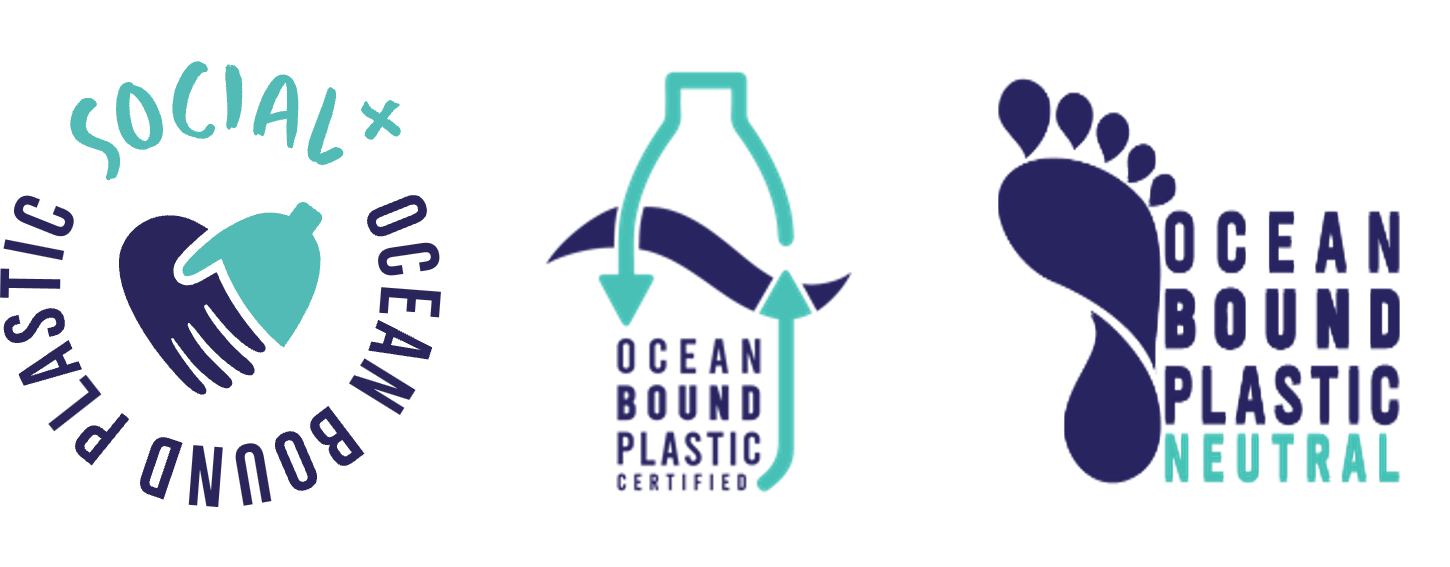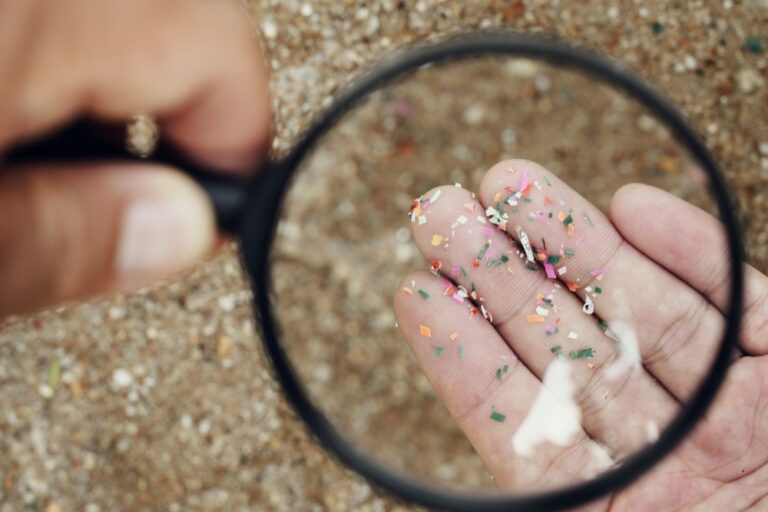The presence of microplastics in marine and terrestrial environments poses a serious threat to human health and the environment.
Further research is needed to understand the full consequences of microplastics on human health and the environment.
Individuals can take steps to reduce their own exposure to microplastics, such as avoiding the use of single-use plastics and opting for biodegradable alternatives.
The Organisation for Economic Co-operation and Development (OECD) estimates that up to 8 million tonnes of plastic are in the ocean annually. This is a huge number and comes at a considerable cost to our planet. Microplastics are one of the most significant contributors to this plastic pollution.
Microplastics are tiny pieces of plastic that are five millimetres or less in size. They can come from various sources, including our daily life: they include microbeads from facial scrubs, synthetic fabrics from clothing, and the breakdown of larger plastic items. Unfortunately, these tiny plastics are impossible to remove from the ocean and are highly damaging to the environment.
The effects of microplastics on human health are still largely unknown, but some studies have linked them to a wide range of health issues. They suggested that humans are exposed to microplastics via a variety of routes, including ingestion, inhalation, and dermal absorption. Ingestion has been linked to risks of gastrointestinal problems, infections, and toxins, as microplastics are known to absorb contaminants from the surrounding environment.
Inhalation has been linked to risks of respiratory illnesses, such as asthma, and dermal absorption can result in irritation and infections. One study conducted by the University of Exeter in 2019 found that individuals who ate shellfish and sea salt were exposed to over 40,000 microplastic particles on average each week. The study also found that, on average, those who ate sea salt and fish ingested 11,000 particles per week, while those who ate only seafood ingested around 4,000 particles each week.
The good news is that there are steps we can take to reduce our exposure to microplastics. We can avoid buying synthetic clothing and opt for natural fibers instead. We can avoid using products that contain microbeads, and we can avoid releasing plastic debris into the environment by disposing of it responsibly. We can also support organizations that are dedicated to researching and developing solutions to reduce the amount of microplastics in the environment.
As part of our commitment to sustainable development, Zero Plastic Ocean is working hard to raise awareness of the issue and to provide solutions that can help to limit the amount of plastic that enters the ocean. We work to rid our planet of this devastating pollutant through our certifications.
By joining us, you can help us in our mission to free our planet from the scourge of microplastics. Together, we can create a future where human health and the environment come first — and a zero plastic ocean is a reality.


